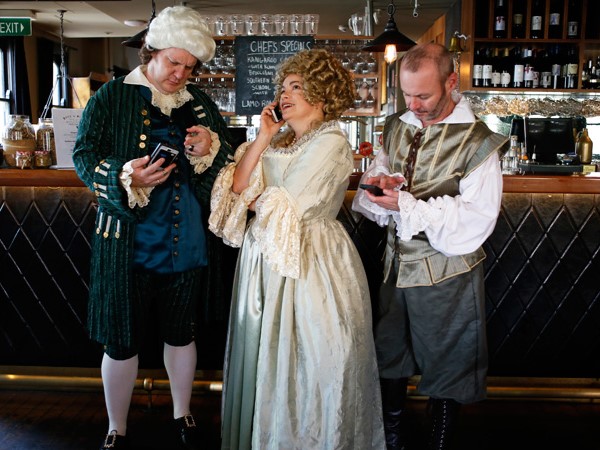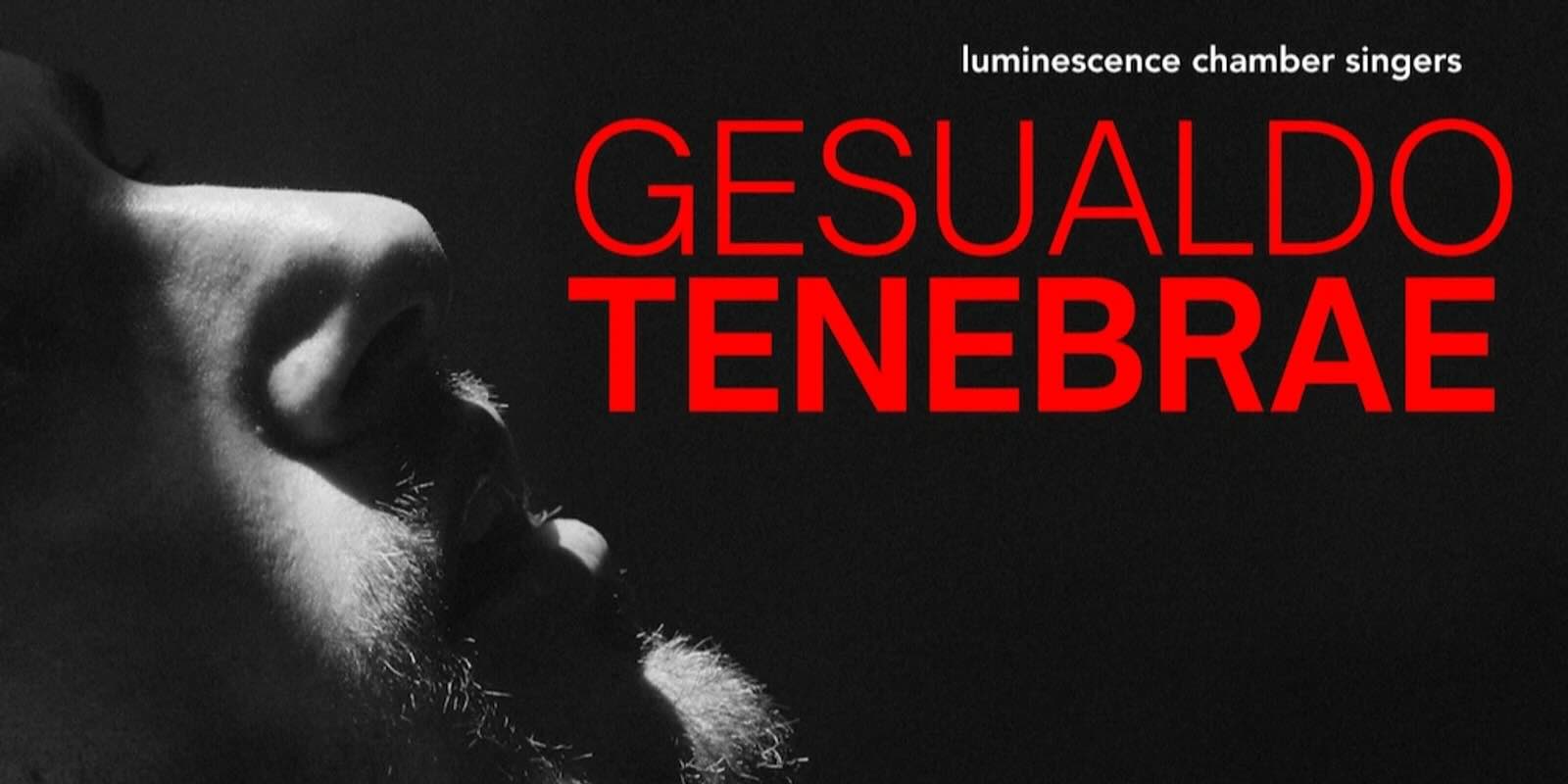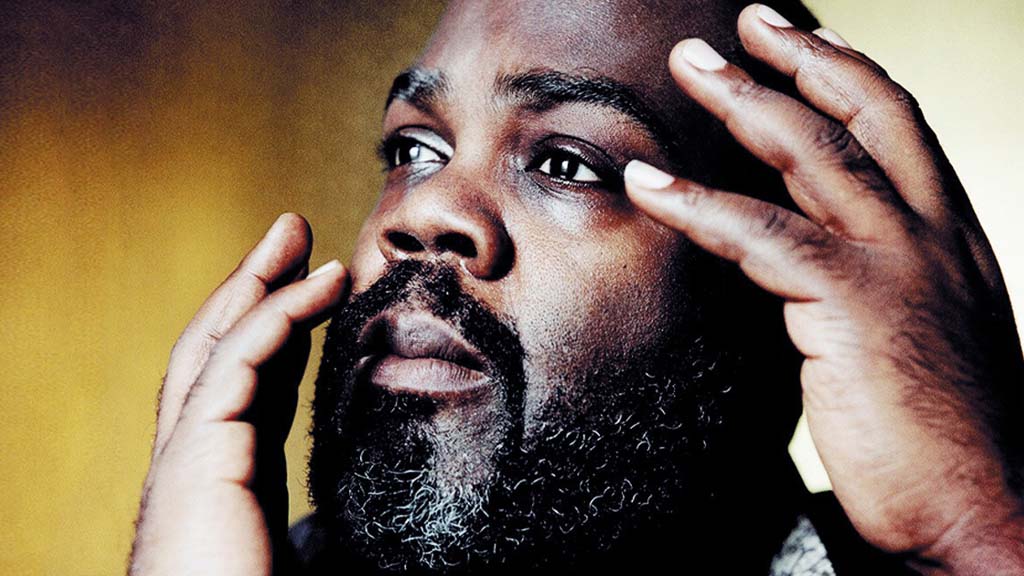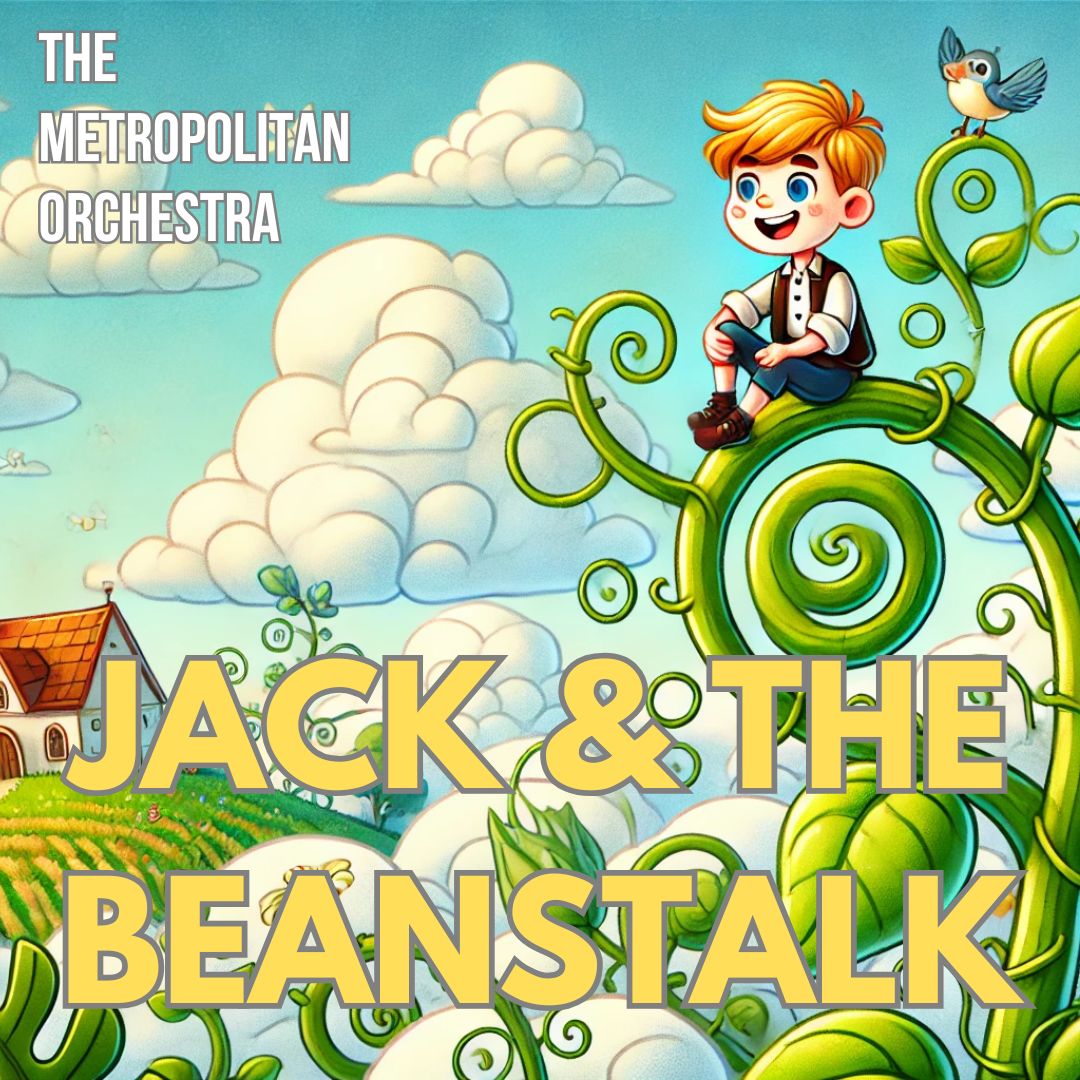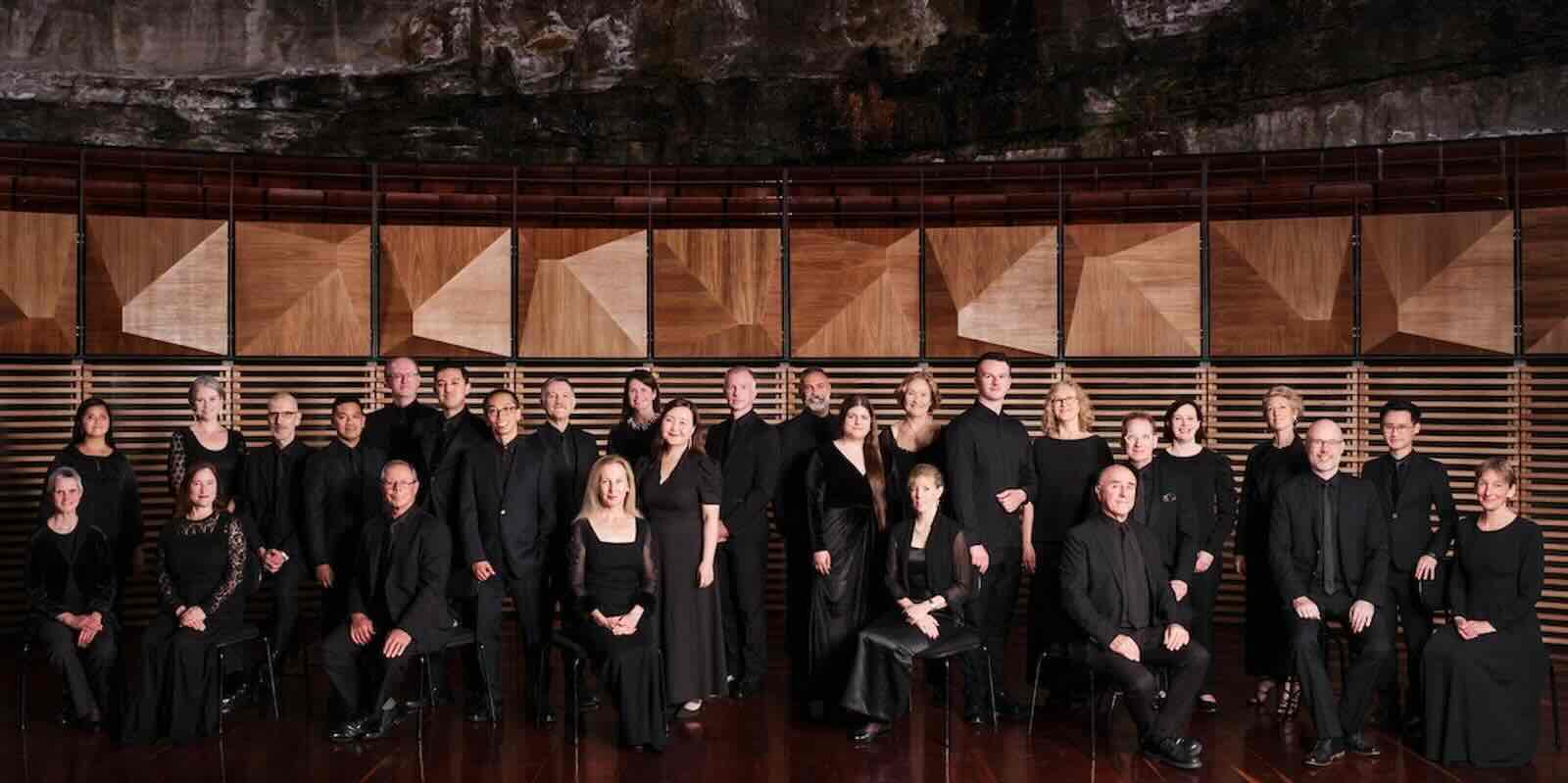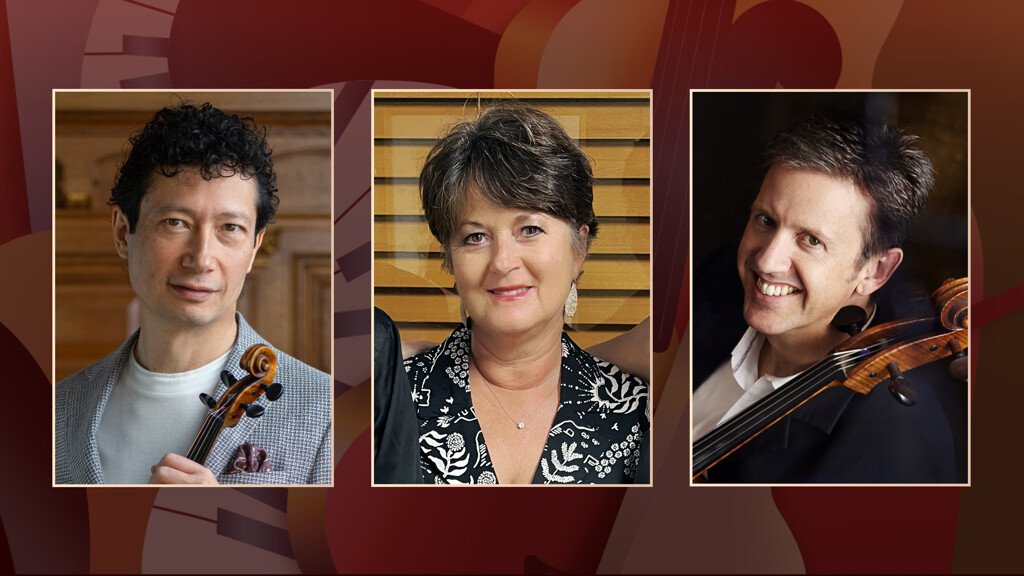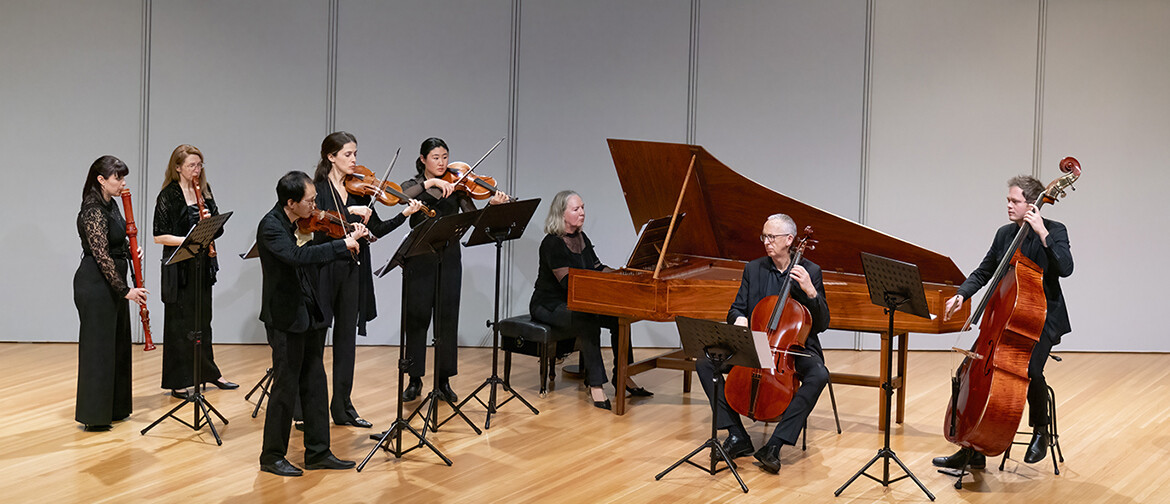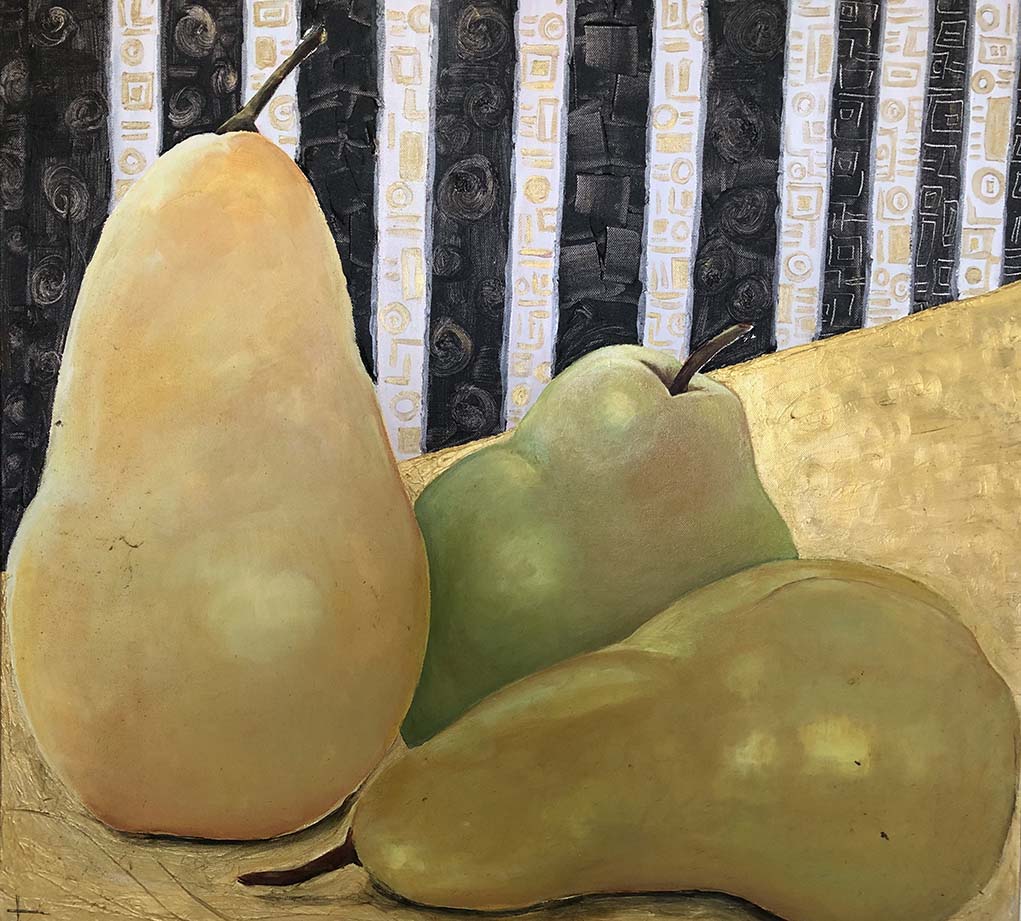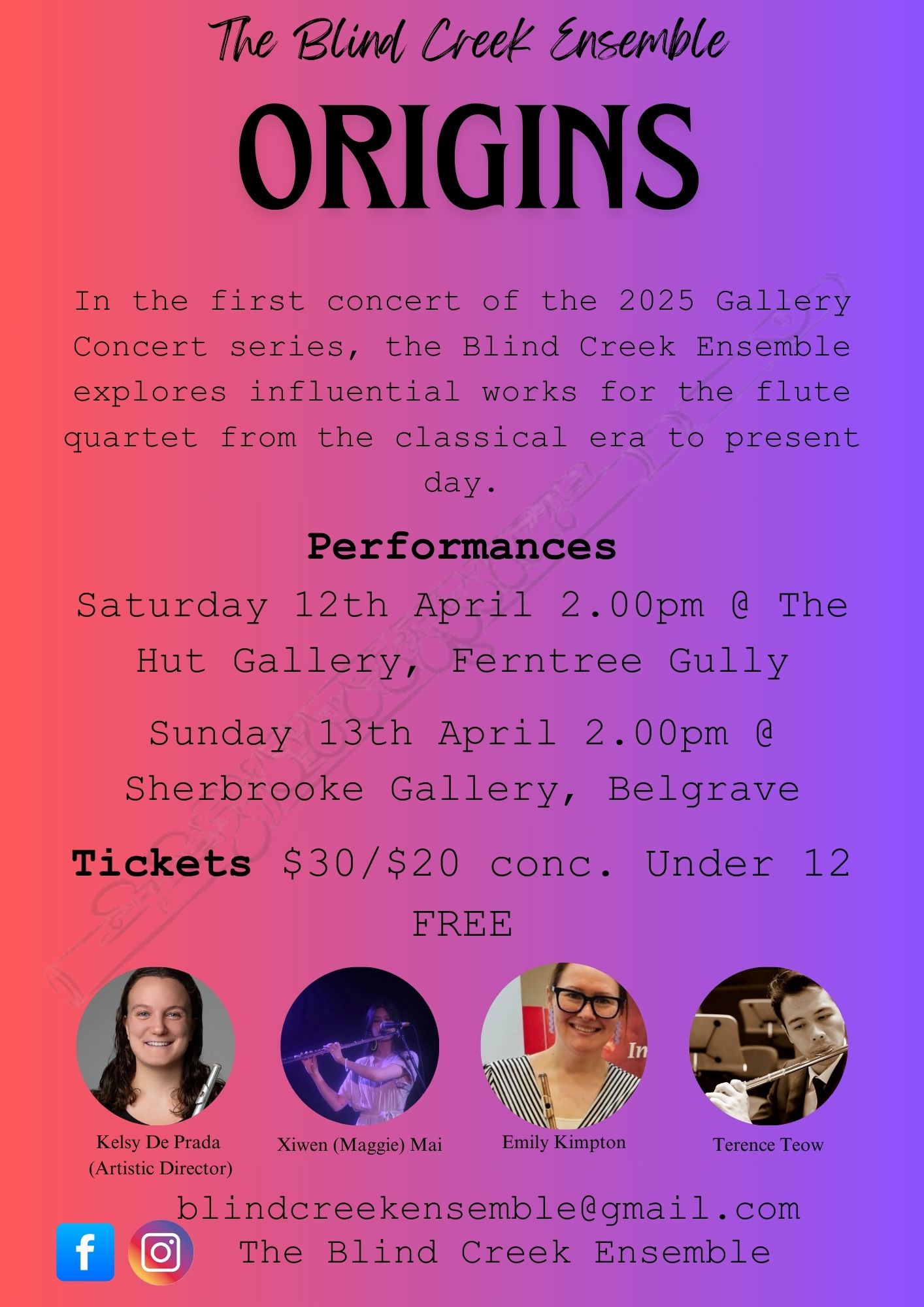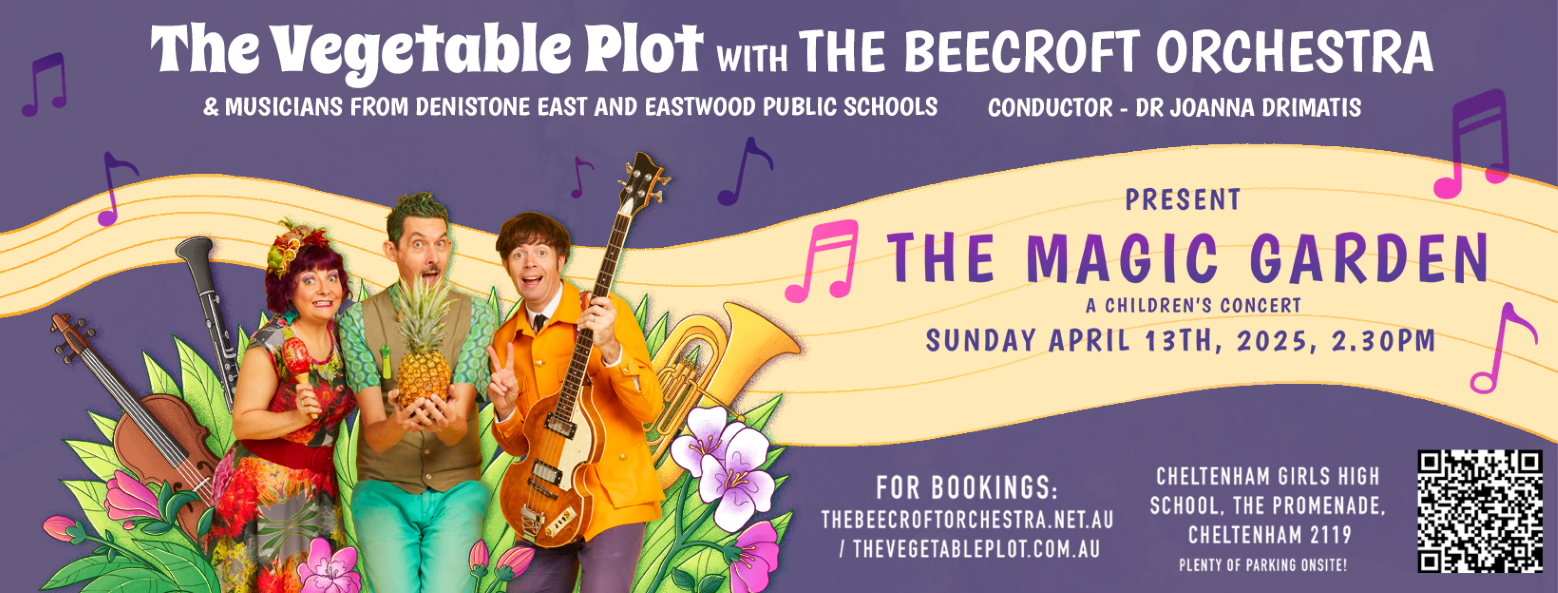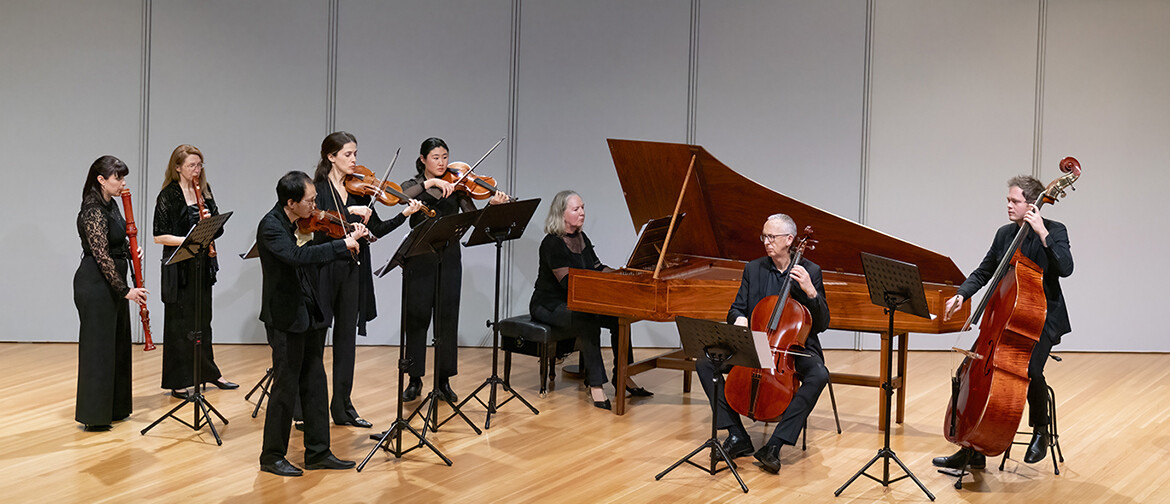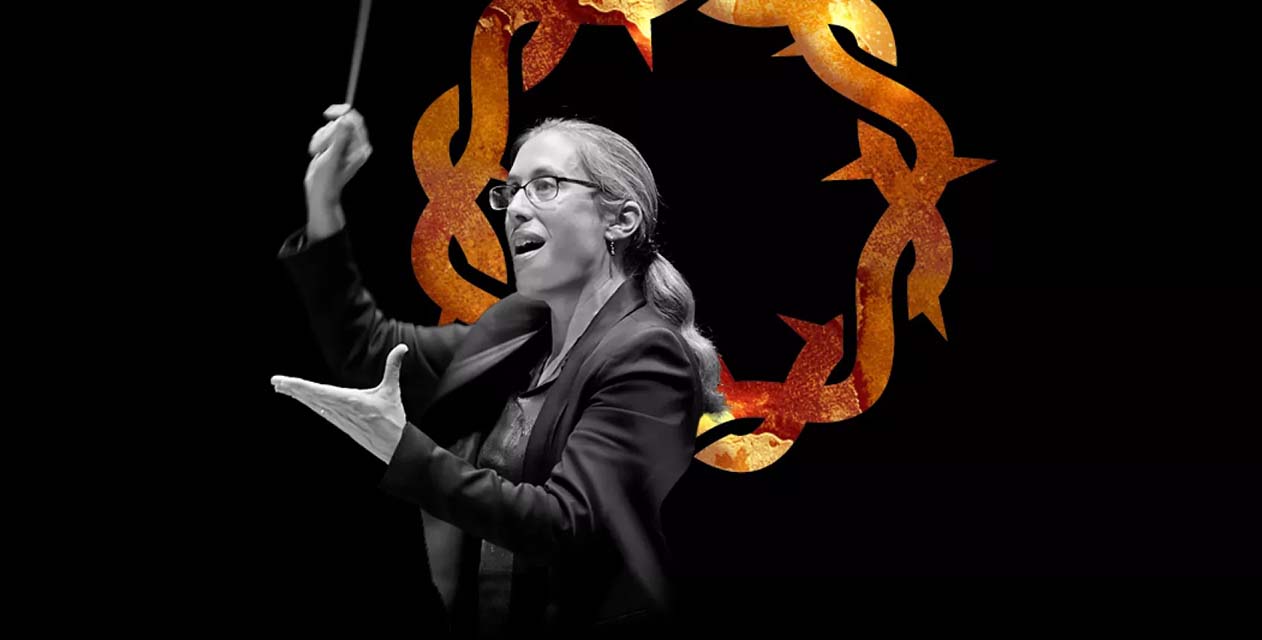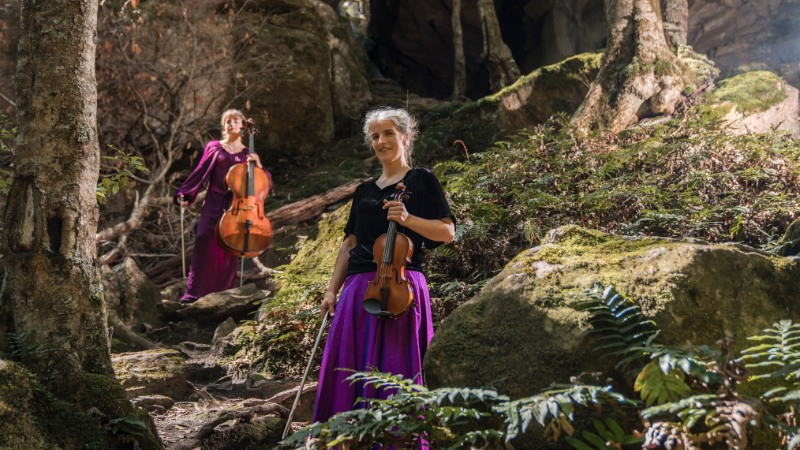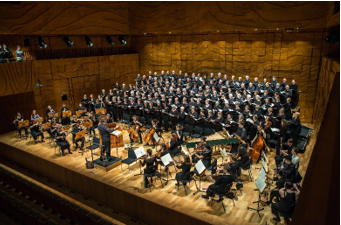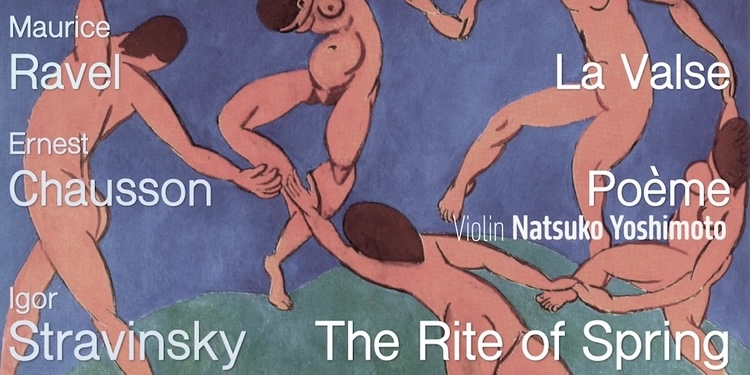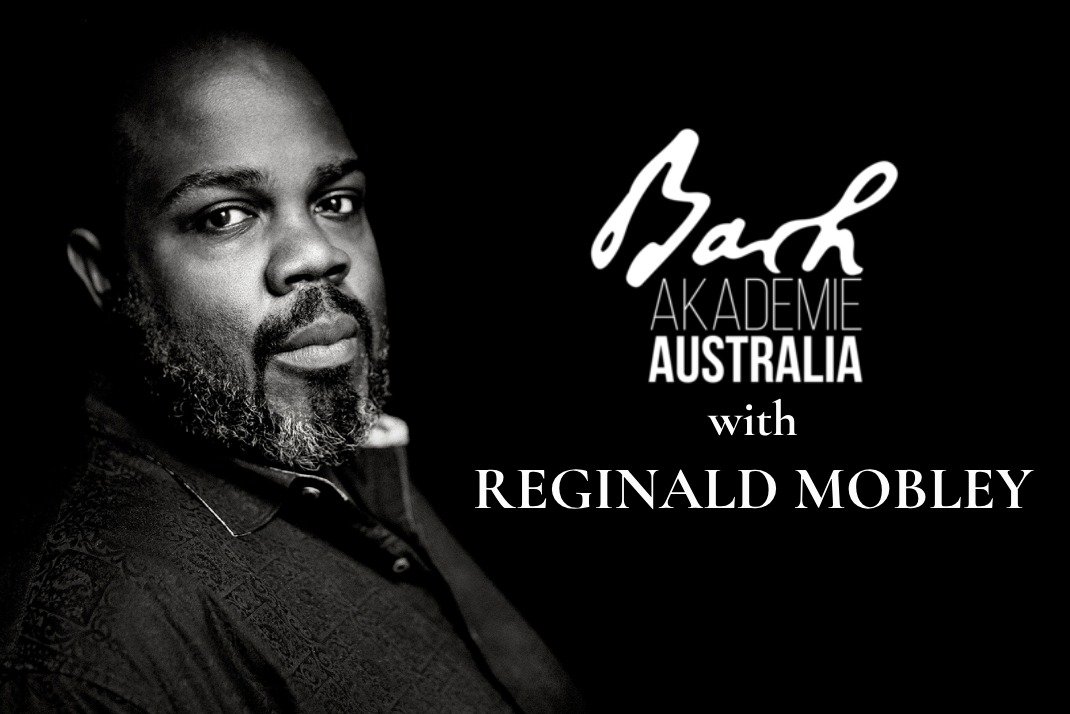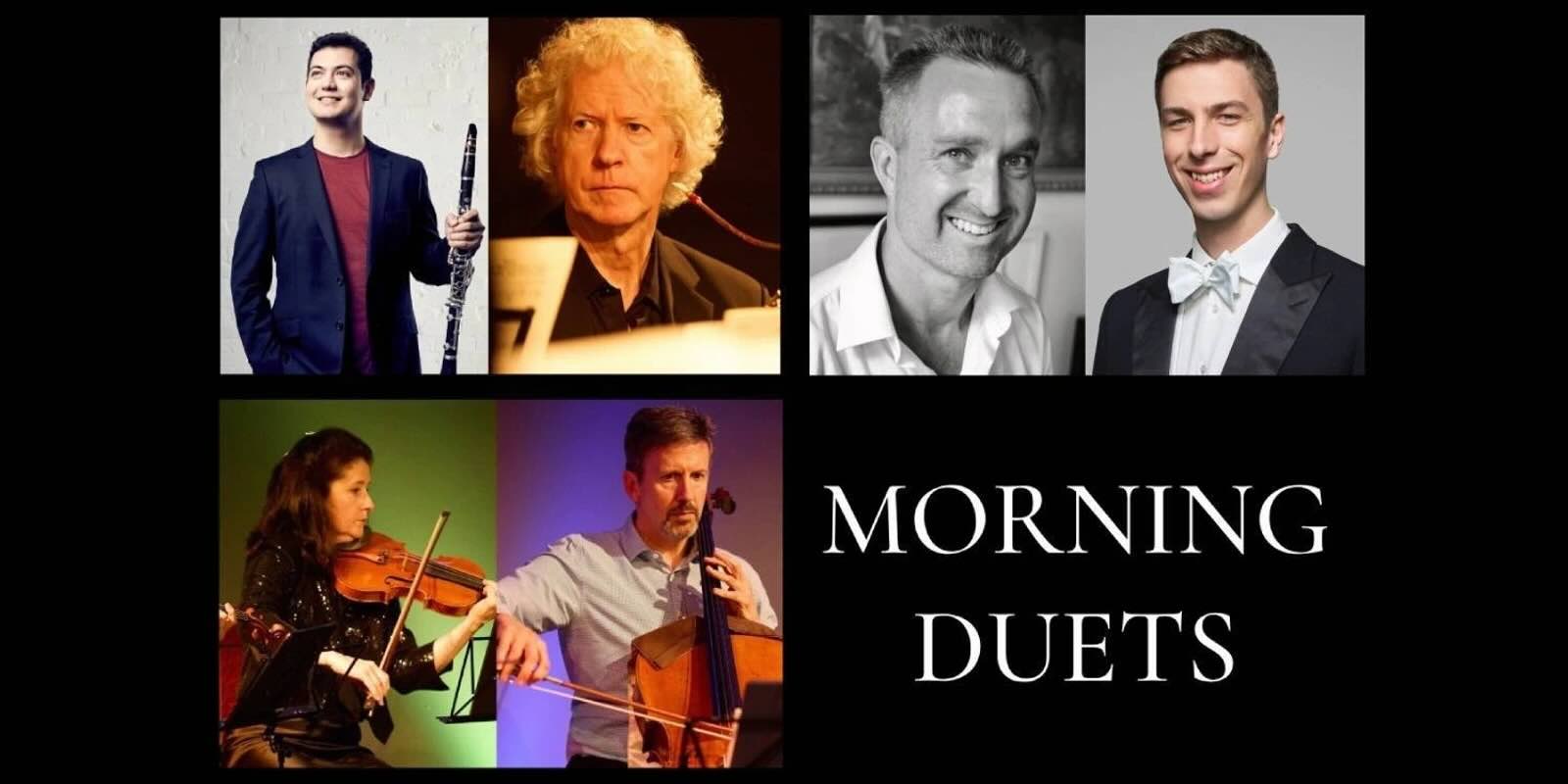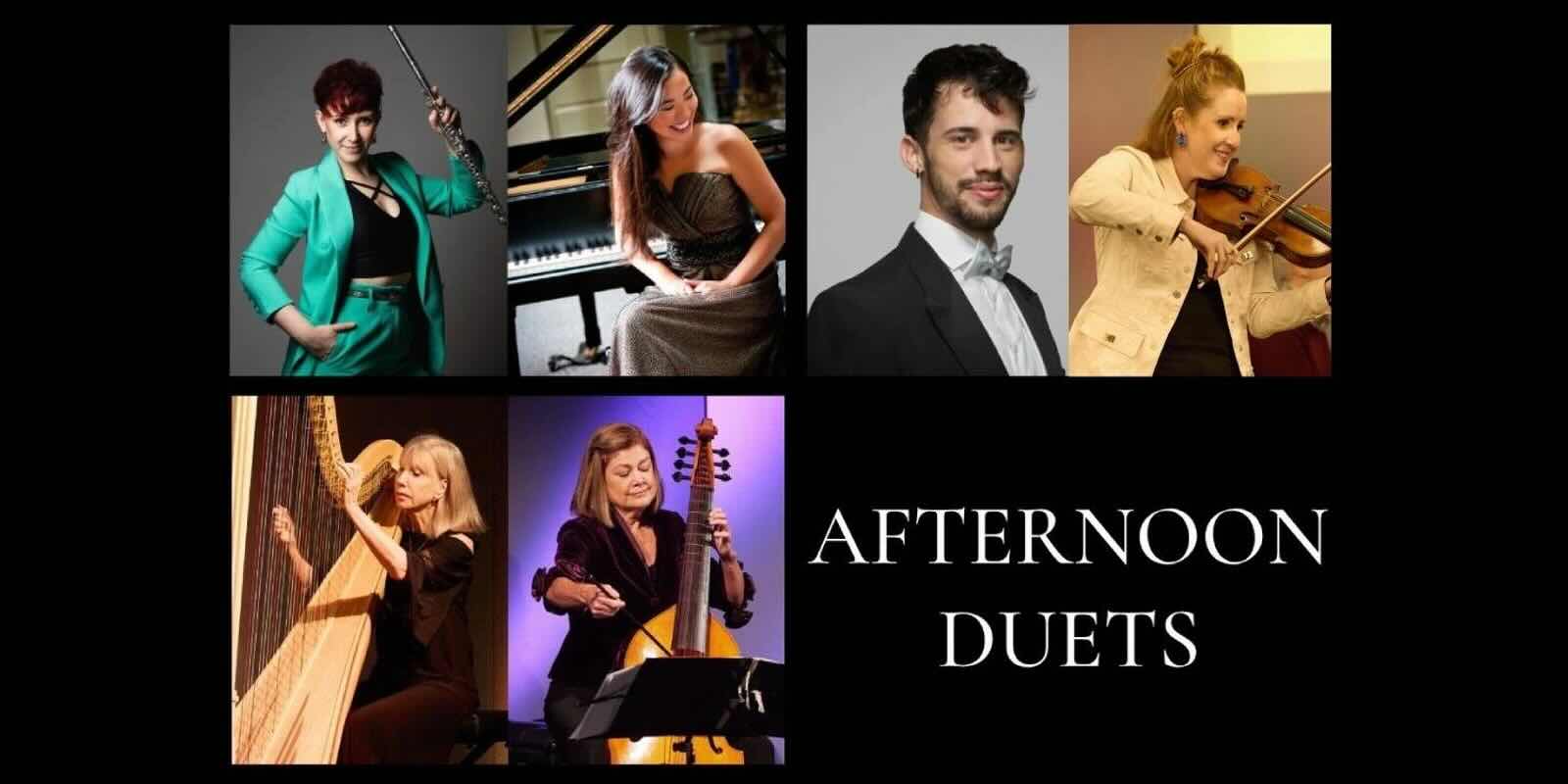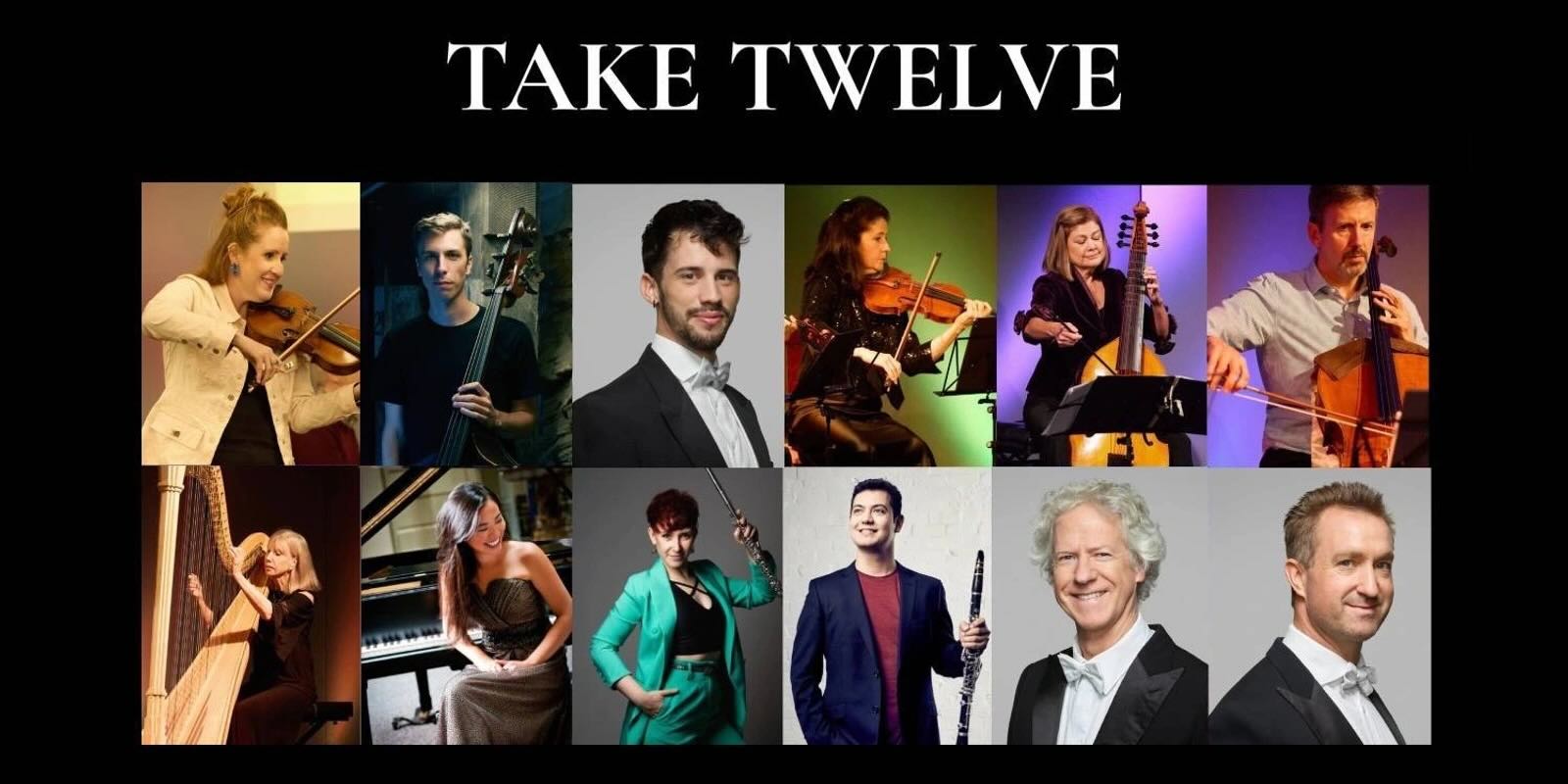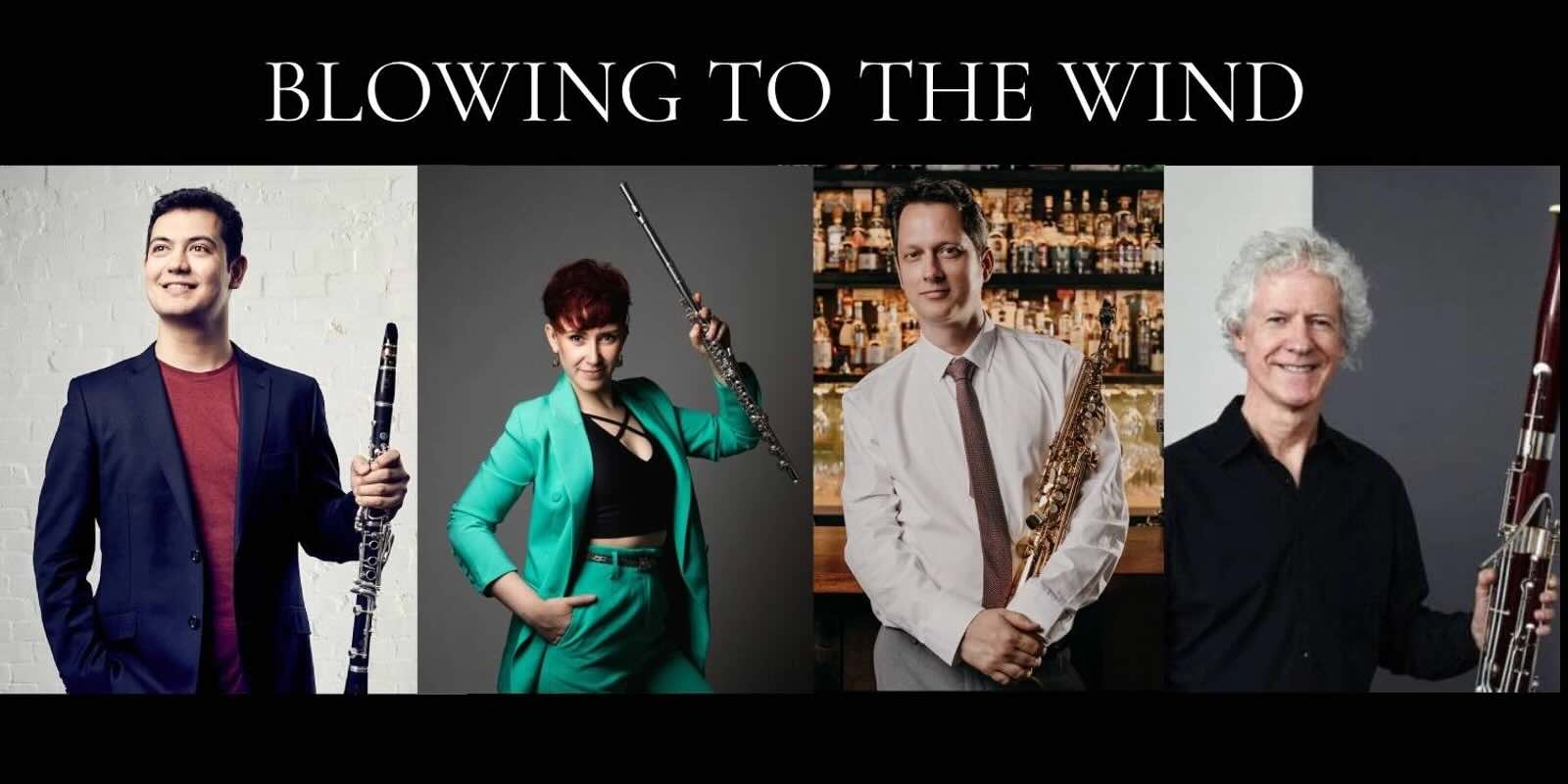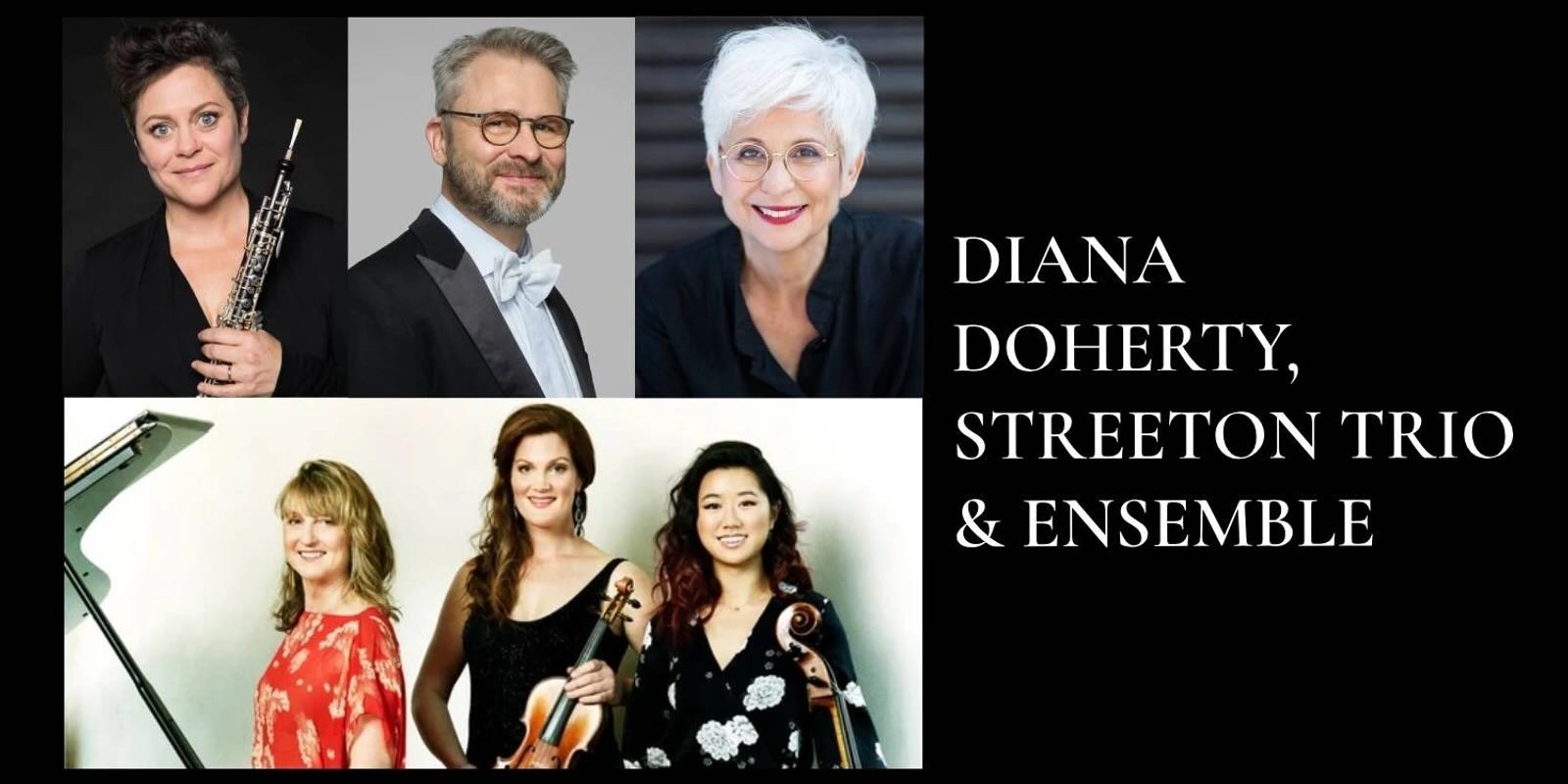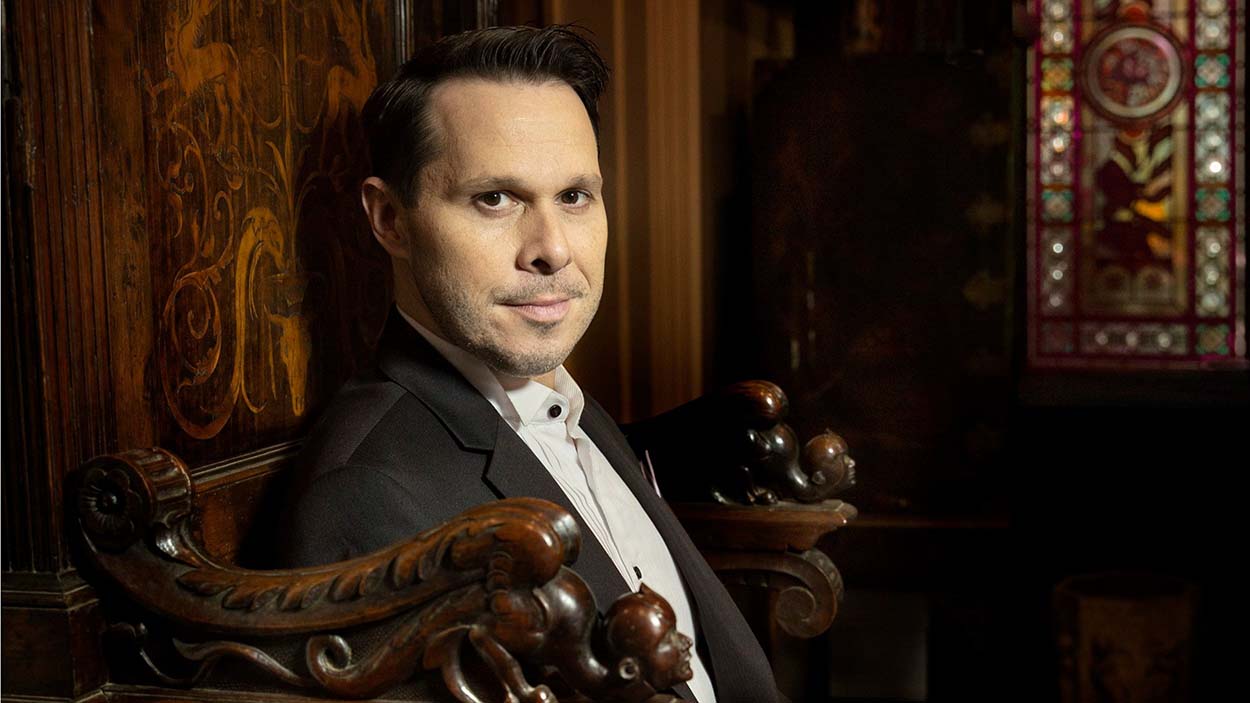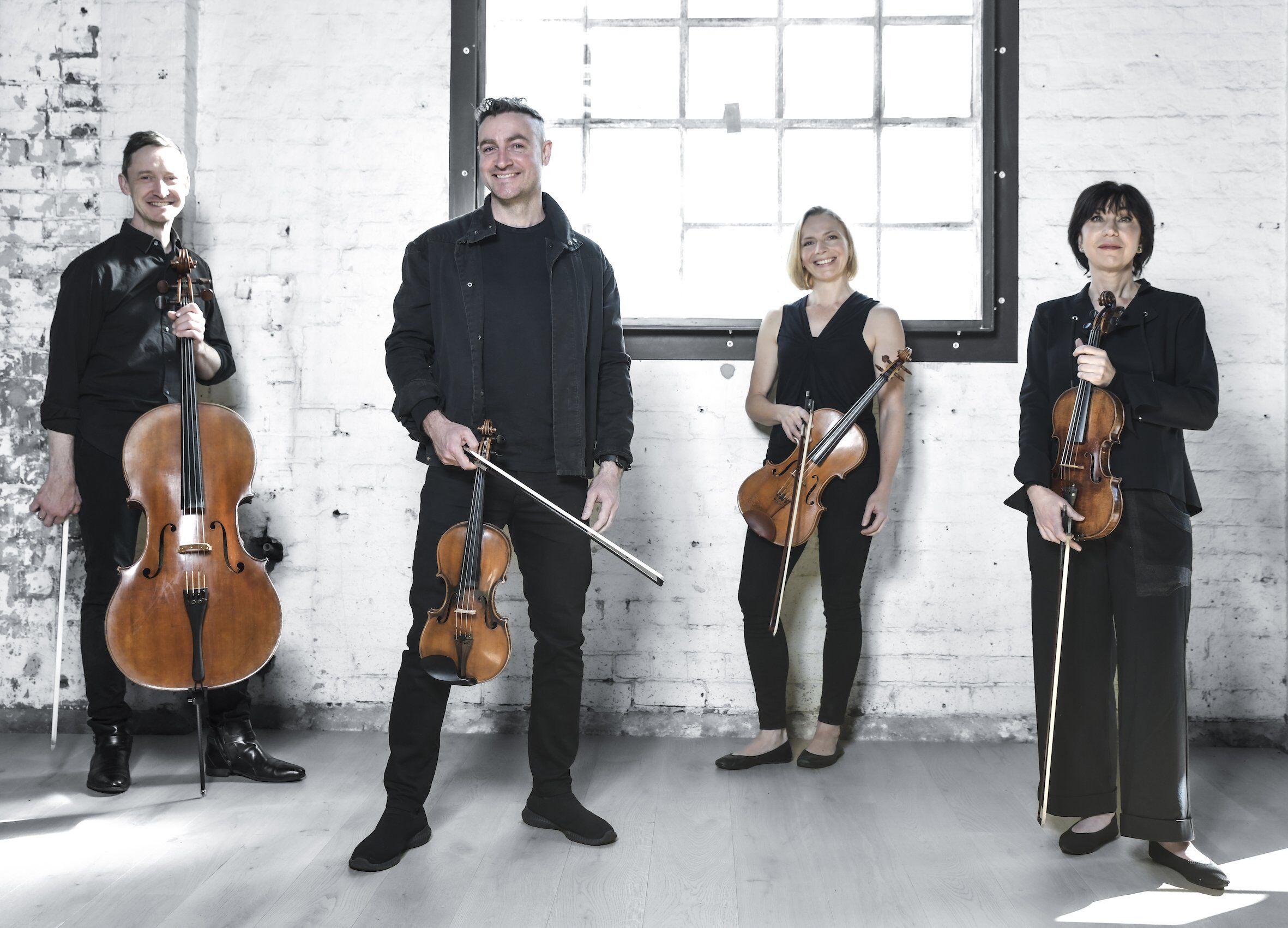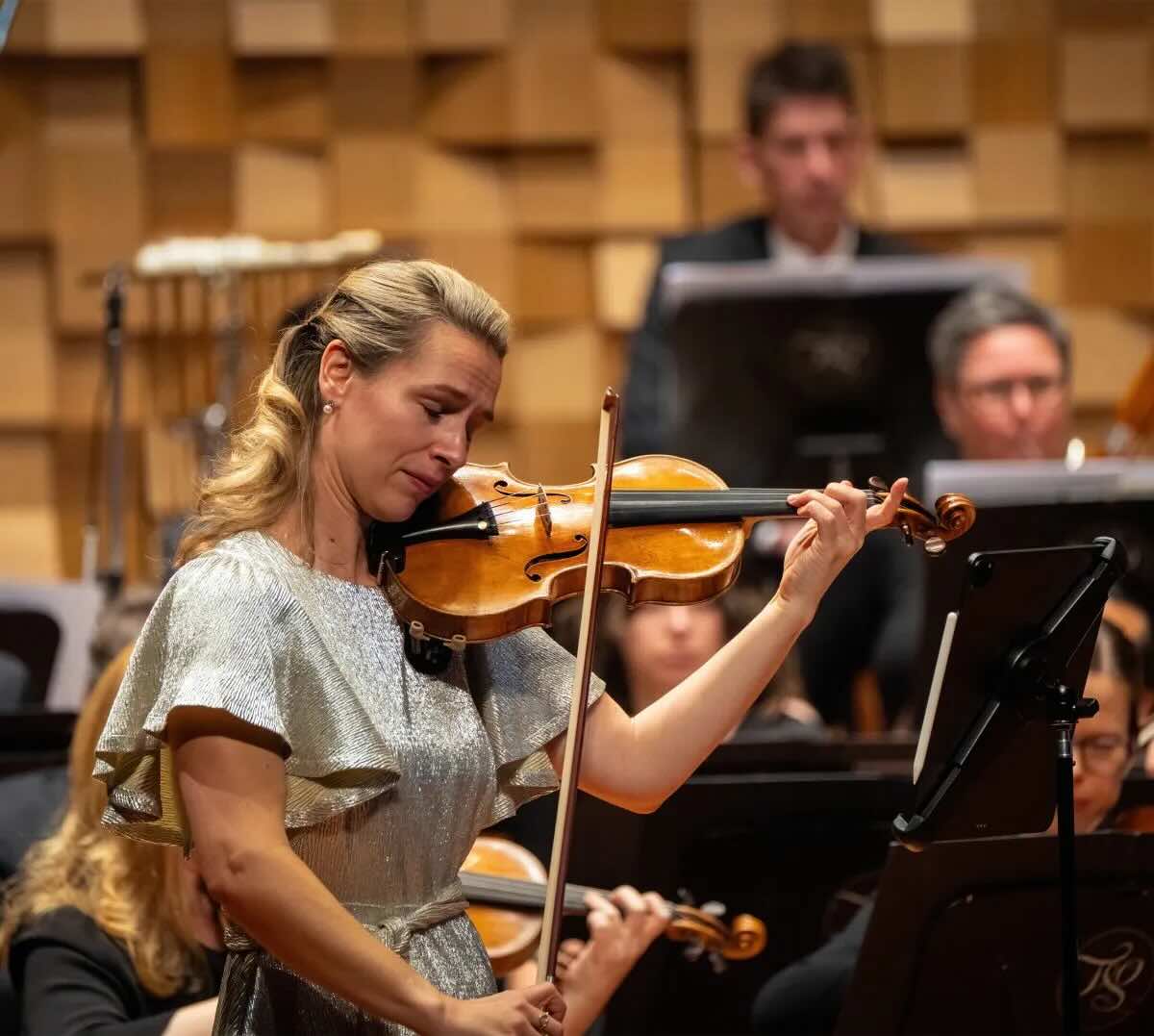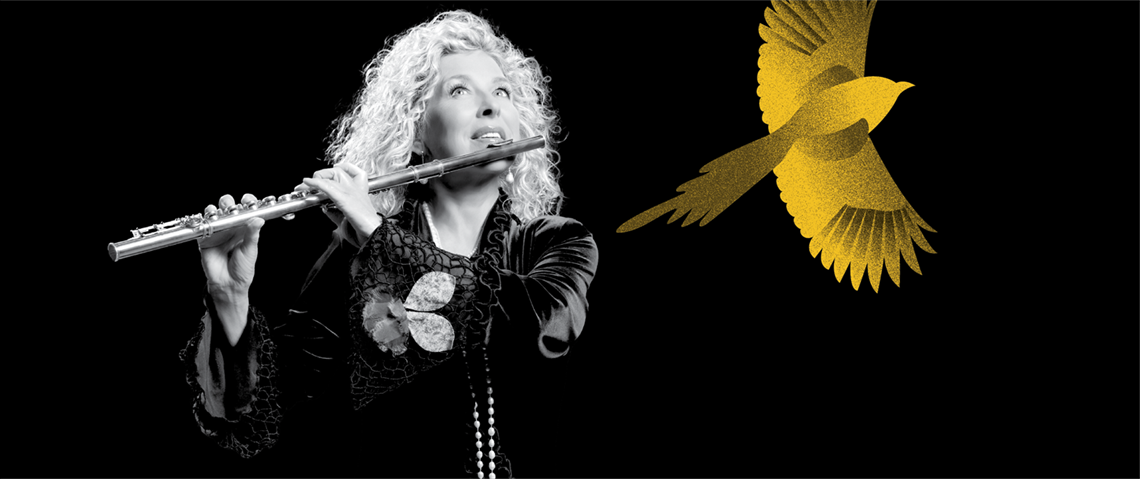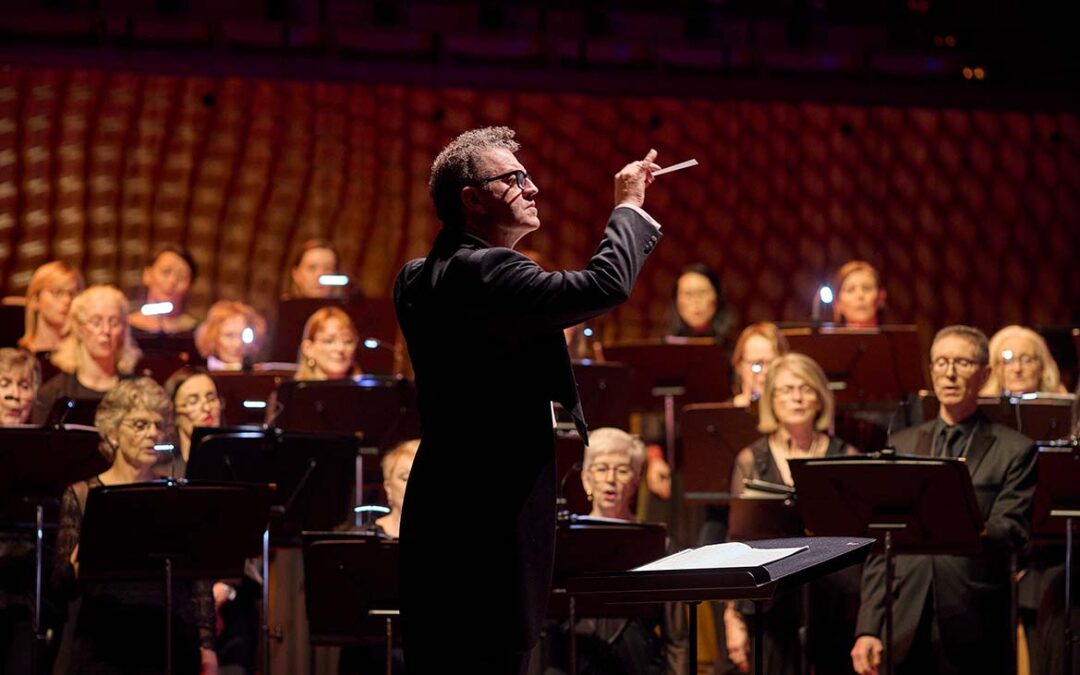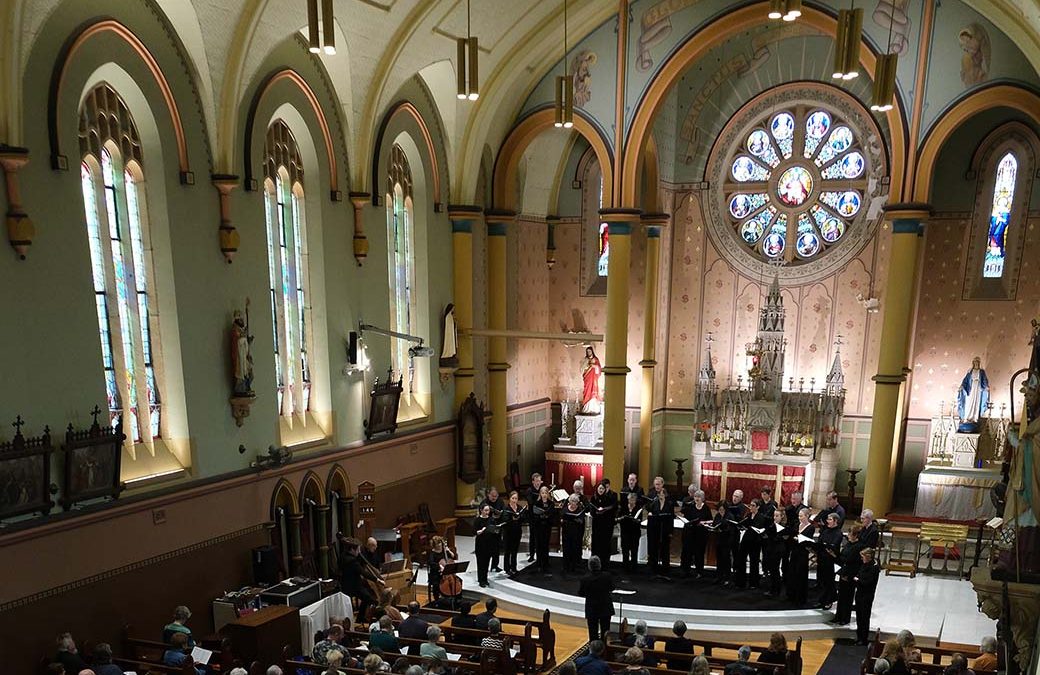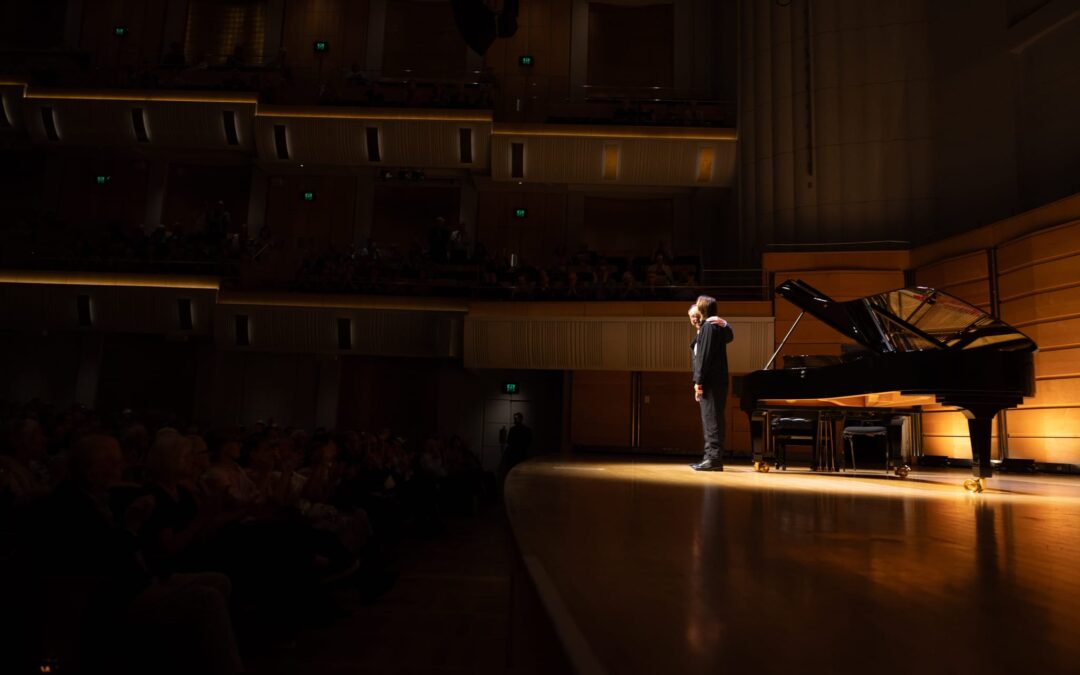Sydney Mozart Society | Daniel Herscovitch and Clemens Leske
September 18, 2024, The Concourse, Chatswood
Programme
MOZART Adagio and Fugue for two keyboards in C minor, K 426
BARTÓK 7 pieces from Mikrokosmos
BEETHOVEN Große Fuge for four hands in B-flat major, Op.134
YATES Sonata for two pianos (after Mozart’s Quintet for piano and winds in E-flat major, K 452)
SAINT-SAËNS Scherzo for two pianos in B major, Op.87
LISZT Réminiscences de Don Juan de Mozart, S.418
Daniel Herscovitch and Clemens Leske are by now well-known to Sydney Mozart Society aficionados and deservedly so. The substantial audience was rewarded with an enticing and innovative programme of music for four hands (which frequently sounded more like eight!)
Mozart’s wind quintet in E flat is very well-known and the Sydney born Stephen Yates has transcribed it beautifully for two pianos. I have to say, however, that Mozart was brilliant in writing music for specific instruments and the character does not really come across in this medium. I suppose that there are more musical groups that have two pianos than five separate wind instruments and they would be really grateful for the chance to play it.
The same can not be said of Beethoven’s Große Fuge and it was the composer himself who arranged it for two pianos having rejected a low key arrangement by his publisher. The sheer power and grandeur of the work comes across well on two pianos, or at least these two pianos – although Daniel and Clemens were seen to wring their hands in the interval! Even the final major key episode at the conclusion is dramatic and forceful. I actually preferred this version to the original string quartet version but whatever, it is a fantastic piece of writing.
Sandwiched between these was a much lighter work, the Scherzo in B by Saint-Saëns which, though composed in the Canary Islands, had a very French flavour and included the composer’s typical sense of humour. The zany beat probably influenced the style of Maurice Ravel, particularly his waltzes.
The fugue scenario continued after the interval with two works by Mozart. K426 in C minor was written for two pianos and may well have been played by the composer and his sister Nannerl. It clearly shows the influence of the master of the art, JS Bach. K546 was written apparently at the behest of Mozart’s wife Constanze who was a huge fan of the medium. Composed originally for solo piano, it was transcribed for four hands by Beyer and includes an introductory Adagio. For two pianists to play in time together is difficult enough but doubly so in a fugue, but this posed no problem for our soloists.
Bartók himself arranged his Microcosmos for two pianos, perhaps because the pieces became more and more difficult as they progressed – we heard seven excerpts from an amazing total of 153 – some contained jazzy rhythms while others referred to folk tunes from his native Hungary. Almost as tricky for the young page-turner as for the pianists!
Liszt’s reminiscences of Mozart’s Don Giovanni seemed uncharacteristically tame by comparison and included references to three of the best-known arias but little of the tragic Finale. Lizst’s female fans used to throw themselves at his feet and pinch his handkerchief or cigar as keepsakes. Well, this audience was not as hypnotised but was nonetheless fully appreciative of the playing by two brilliant soloists.


